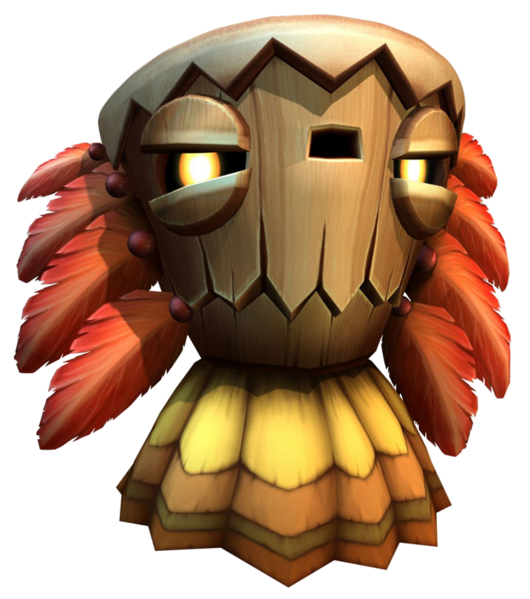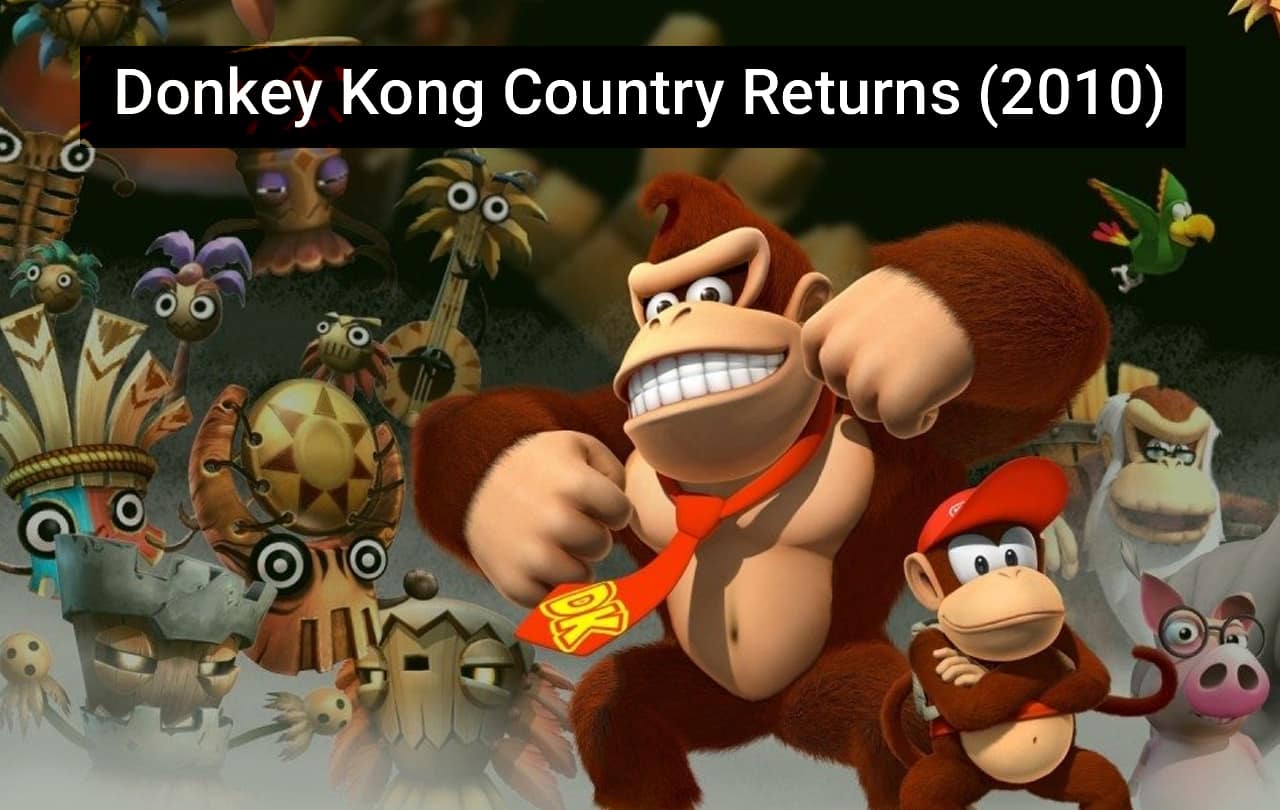


Hell, Miyamoto himself had expressed displeasure with DKC over the years, casting it off as if it were something he were embarrassed of.īut something had apparently changed in the intervening years. With that simple word, Nintendo was deliberately trying to resonate with a particular kind of gamer, a kind of gamer they’d scarcely acknowledged for nearly 14 years. But the fact that they stuck the “Country” in there gave the game an entirely different level of significance. They could’ve called it “Donkey Kong Returns”, “Donkey Kong Wii”, or anything really, and the game would have sold just as well. But the title itself was the most important part of the reveal. The game’s announcement was accompanied by a fairly impressive trailer showcasing 2D sidescrolling platforming action and brief glimpses at some of the game’s show-stopping set pieces. And that’s exactly what Nintendo promised in 2010 when they revealed the next Donkey Kong game-the strategically named Donkey Kong Country Returns. Seething underneath the surface of every gamer who cut their teeth on 16-bit platformers was a longing for a return to form for the wayward gorilla and his adventures.

Jungle Beat, while a very pleasant surprise in its own right, was merely an aside to the Donkey Kong platforming saga.


 0 kommentar(er)
0 kommentar(er)
